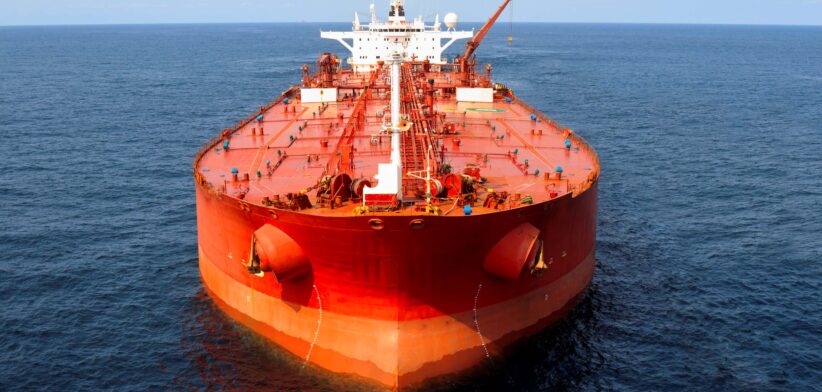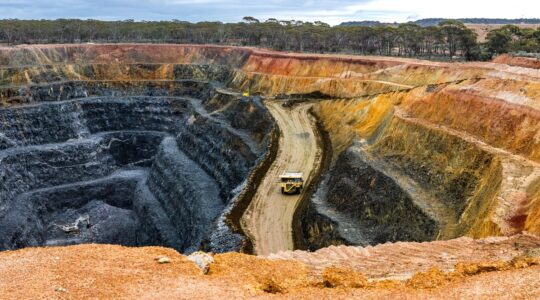The World Bank has predicted global commodity prices are set to fall to their lowest levels in six years.
World Bank Group’s Chief Economist and Senior Vice President for Development Economics Indermit Gill said despite continued growth in precious metals, overall prices were forecast to drop by 7 percent in both 2025 and 2026.
Mr Gill said the drop, the fourth consecutive year of decline, would be driven by weak global economic growth, a growing oil surplus and persistent policy uncertainty.
He said falling energy prices were helping to ease global inflation, while lower rice and wheat prices had helped make food more affordable in some developing countries.
“Despite the recent declines, however, commodity prices remain above pre-pandemic levels, with prices in 2025 and 2026 projected to be 23 percent and 14 percent higher, respectively, than in 2019.”
Mr Gill said commodity markets were helping to stabilize the global economy.
“Falling energy prices have contributed to the decline in global consumer-price inflation. But this respite will not last. Governments should use it to get their fiscal house in order, make economies business-ready, and accelerate trade and investment.”
He said the global oil glut had expanded significantly in 2025 and was expected to rise next year to 65 percent above the most recent high, in 2020.
“Oil demand is growing more slowly as demand for electric and hybrid vehicles grows and oil consumption stagnates in China.
“Overall, energy prices are forecast to fall by 12 percent in 2025 and a further 10 percent in 2026.”
Mr Gill said precious metals had reached record highs in 2025, fuelled by demand for safe-haven assets and continued central bank purchases.
He said the price of gold, widely viewed as a safe haven during times of economic uncertainty, was expected to increase by 42 percent in 2025.
“It is projected to increase by a further 5 percent next year, leaving gold prices at nearly double their 2015-2019 average.
“Silver prices are also expected to hit a record annual average in 2025, rising by 34 percent and further 8 percent in 2026.”
Mr Gill said commodity prices could fall more than expected during the forecast horizon if global growth remained sluggish amid prolonged trade tensions and policy uncertainty.
He said, conversely, geopolitical tensions and conflicts could push oil prices higher and boost demand for safe-haven commodities such as gold and silver.
“In the case of oil, the market impact of additional sanctions could also lift prices above the baseline forecast.
“Extreme weather from a stronger-than-expected La Niña cycle could disrupt agricultural output and increase electricity demand for heating and cooling, adding further pressure to food and energy prices.
“Meanwhile, the rapid expansion of artificial intelligence (AI) and growing electricity demand to power data centres could raise prices for energy and for base metals like aluminum and copper, which are essential for AI infrastructure.”








